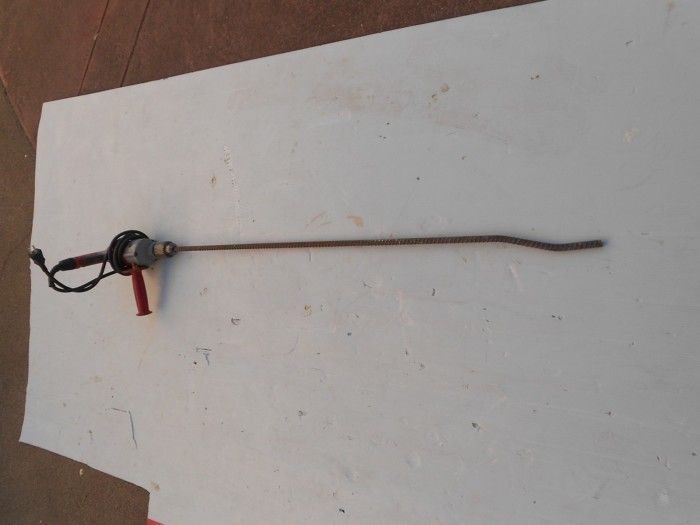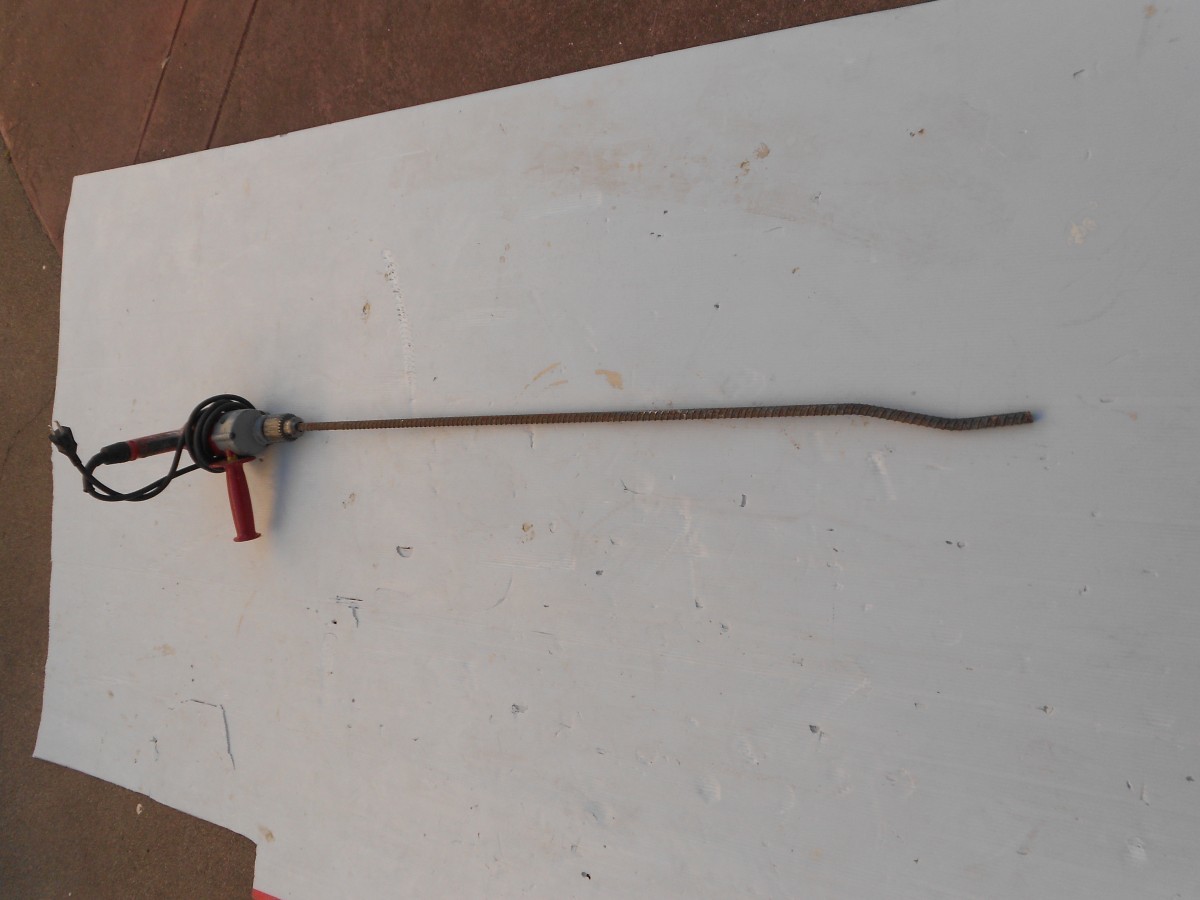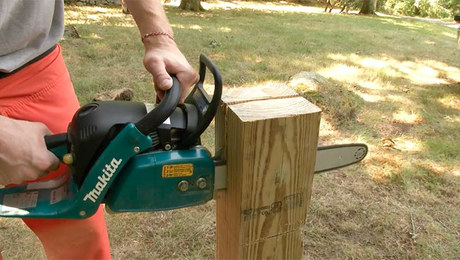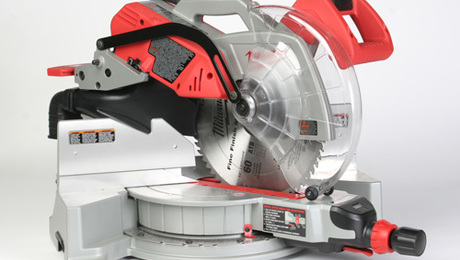
This tool uses any 3/8″ (chuck) drill and a length of rebar #3 or #4. Cut rebar to comfortable length allowing insertion to the full depth of the form or trench. Put a little wiggle in one end. Insert the unbent end into the drill. Running the drill with rebar attached inserted into the form causes the wiggled end to bang against the forms. The effect is to cause the forms and rebar to vibrate slightly allowing the concrete to clear obstructions and fill the forms. A variable speed drill allows more control than attainable with fixed speed drill. As can be imagined the drill works hard but does the job.



























View Comments
niceeeeee
awesome
Simple in design and efficient in function. Nice work :)
impressive
well done
Good share
Excellent mate.
Nice.
Great!
GOOD TOOL